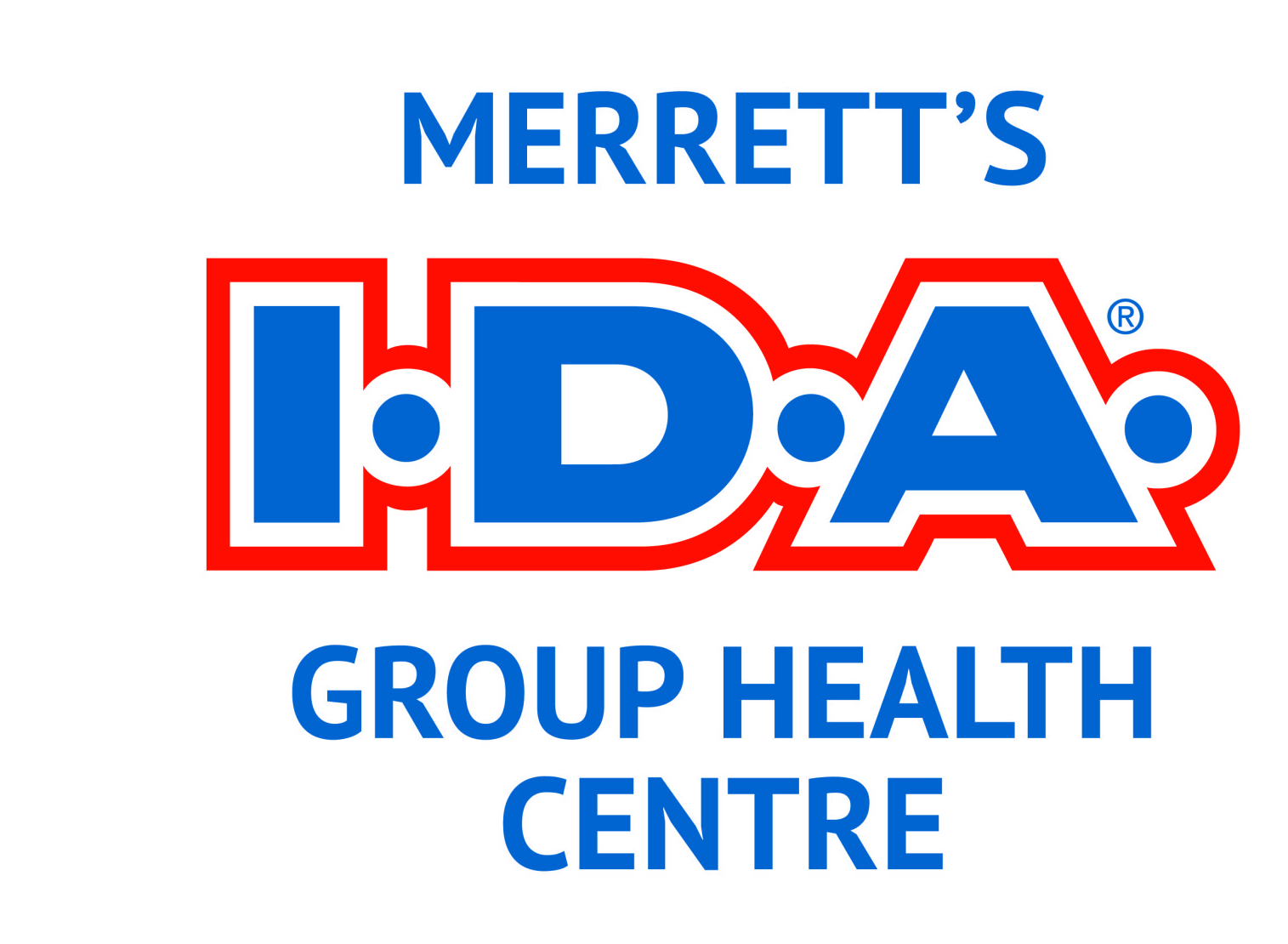Anticoagulants
If you’re taking an anticoagulant (e.g., warfarin, brand name Coumadin™), you’ll need regular blood tests every 2 to 4 weeks to make sure the drug is safe and effective for you. Many pharmacies offer this practical service. Don’t hesitate to use it!
When you take an anticoagulant (or “blood thinner”), you need to get a blood test to measure your INR (international normalized ratio), which indicates how long it takes your blood to form a clot. If your INR is too low, this indicates that your medication may no longer be effective and that you may be at risk of a blood clot. If your INR is too high, you’re at an increased risk of bleeding (your blood is too “thin”). Since you need to get your blood tested regularly, it’s a lot easier and more practical to go to your pharmacy than the hospital.
Your pharmacy can test your INR in two ways. First, your pharmacist could measure your INR him or herself with a portable coagulometer. Depending on your results and your doctor's instructions, your pharmacist will adjust the dose (amount) or dosage (frequency) of your anticoagulant medication.
Otherwise, a nurse will take your blood samples directly at the pharmacy or your local health clinic. The result is then sent to your pharmacist, who will interpret the test and then adjust your medication as needed as per your doctor's instructions.
In addition to monitoring your anticoagulant medication, your pharmacist will advise you on how to take it properly and tell you about its possible side effects and what to do if you have any. Your pharmacist will also advise you about any precautions you need to take, for example, when it comes to food or alcohol interactions. Your pharmacist can also give you useful documentation about anticoagulants.
